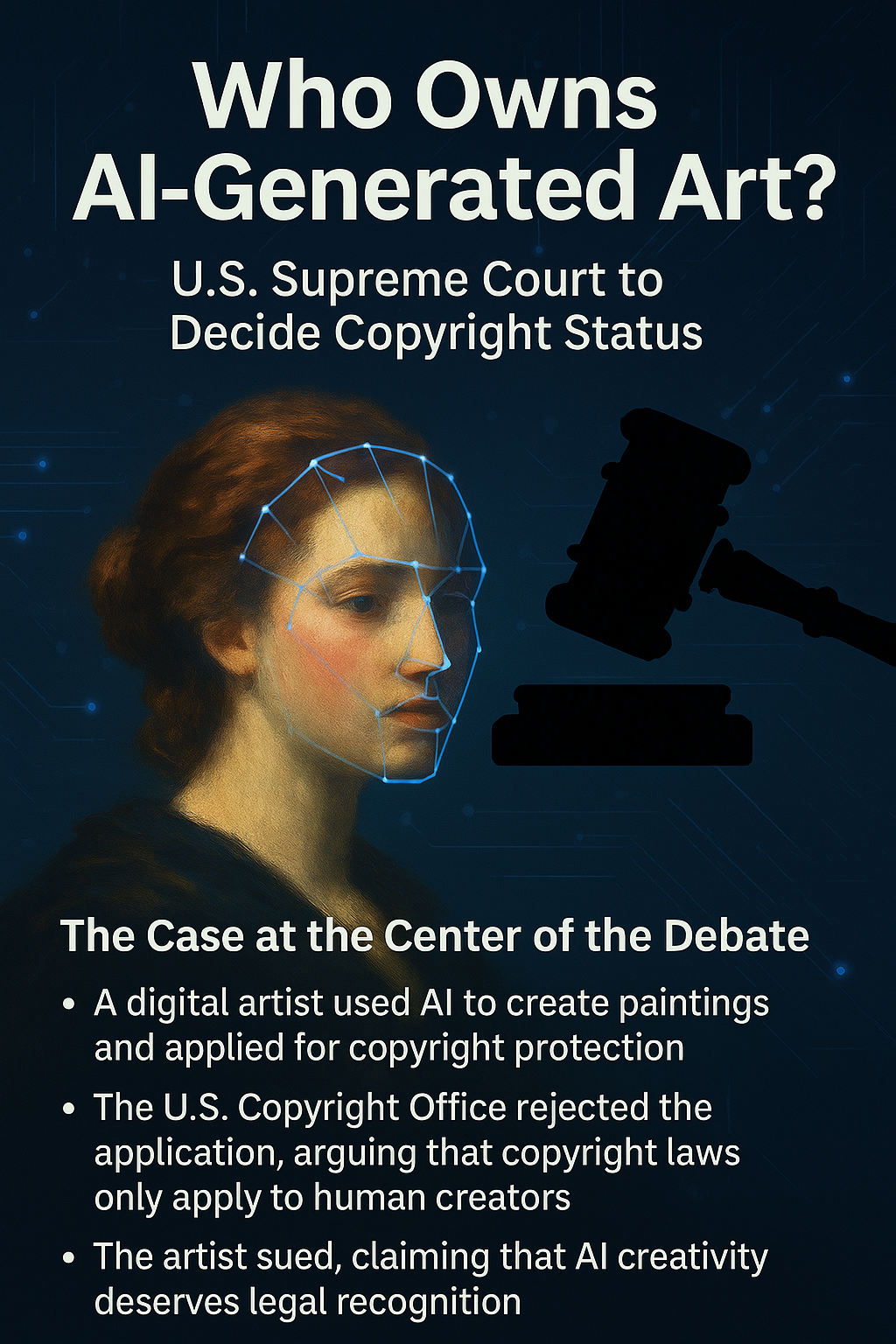Patents Laws in United States
Here’s a clear summary of Patent Laws in the United States:
Patent Laws in the United States
The U.S. patent system is primarily governed by the Patent Act, codified in Title 35 of the United States Code, and administered by the United States Patent and Trademark Office (USPTO).
1. Legal Framework
Governing Law: The Patent Act (35 U.S.C.).
Administrative Authority: United States Patent and Trademark Office (USPTO).
The U.S. patent system is also influenced by various court decisions and international treaties.
2. Patentable Subject Matter
Inventions eligible for patent protection must fall into one of these categories:
Processes,
Machines,
Manufactures,
Compositions of matter,
Improvements thereof.
Excluded subject matter includes:
Abstract ideas,
Laws of nature,
Natural phenomena.
3. Patentability Requirements
To be patentable, an invention must be:
Novel: Not previously disclosed publicly,
Non-obvious: Not an obvious improvement or combination of prior art,
Useful: Must have some practical utility,
Fully and clearly described: The patent application must enable others skilled in the art to reproduce the invention.
4. Types of Patents
Utility Patents: For new and useful processes, machines, articles of manufacture, or compositions of matter.
Design Patents: For new, original, and ornamental designs for an article of manufacture.
Plant Patents: For new and distinct varieties of plants that are asexually reproduced.
5. Patent Term
Utility patents: 20 years from the earliest effective filing date.
Design patents: 15 years from grant date (for applications filed after May 13, 2015).
Plant patents: 20 years from filing date.
6. Application Process
File an application with the USPTO including:
Specification (description and claims),
Drawings (if necessary),
Oath or declaration,
Filing fees.
Provisional applications are available for early filing to establish priority but do not mature into patents unless followed by a non-provisional application within 12 months.
The USPTO conducts a substantive examination.
7. Examination and Publication
The USPTO examines applications for patentability.
Applications are published 18 months after filing unless non-publication is requested.
The process may include office actions requiring applicant responses.
8. Enforcement
Patent owners enforce rights primarily through civil litigation in federal courts.
Remedies include injunctions, damages (including enhanced damages for willful infringement), and attorney fees.
9. International Treaties
The U.S. is a member of:
Patent Cooperation Treaty (PCT),
Paris Convention,
TRIPS Agreement,
Others like the Patent Law Treaty (PLT).
10. Recent Developments
The U.S. operates under a first-inventor-to-file system (since the America Invents Act, 2013).
Increased focus on patent quality and patent eligibility (e.g., Supreme Court decisions like Alice Corp. v. CLS Bank on abstract ideas).







0 comments